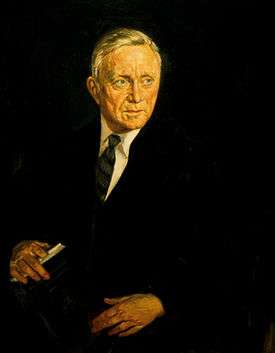Flash of genius

The Flash of Genius Doctrine or Flash of Genius Test was a test for patentability used by the United States Federal Courts for over a decade, beginning about 1941.
The doctrine was formalized in Cuno Engineering v. Automatic Devices,[1] which held that the inventive act had to come into the mind of an inventor in a "flash of genius" and not as a result of tinkering. "The new device, however useful it may be, must reveal the flash of creative genius, not merely the skill of the calling. If it fails, it has not established its right to a private grant on the public domain."[2] This test, which lasted little more than a decade, was most likely an appealing and easy standard for judges and unsophisticated jurors to apply to any given patent dispute when the technology being disputed was beyond their scientific acumen.
The flash of genius test was eventually rejected by Congress in its 1952 revision of the patent statute, now codified in Title 35 of the United States Code. Section 103 was amended to state the new standard of non-obviousness: "Patentability shall not be negatived by the manner in which the invention was made." The United States Supreme Court acknowledged this new language in its landmark opinion on obviousness, Graham v. John Deere Co.,[3] noting that the language in Cuno establishing the doctrine had never been intended to create a new standard in the first instance.[4]
See also
- Cripps question
- Epiphany (feeling) (which may mean "illuminating realization or discovery")
- United States patent law